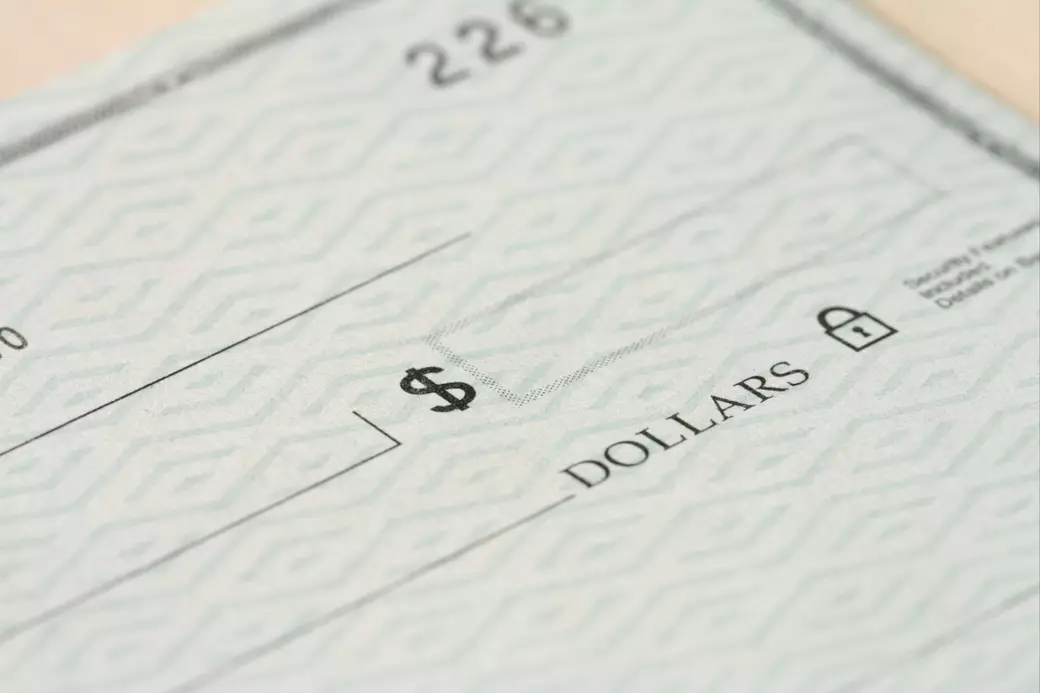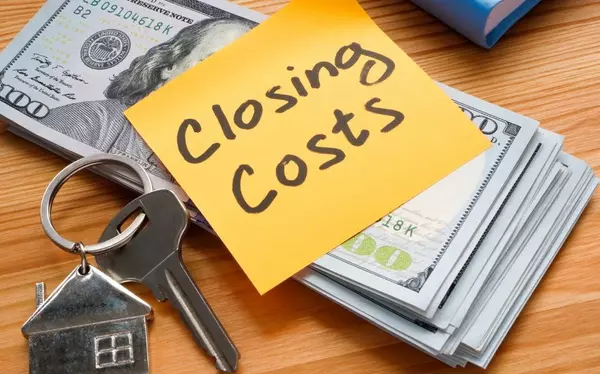How much of a downpayment do I need to buy a house?

What is the required down payment amount to purchase a home?
I. Introduction
When it comes to purchasing a home, one of the most critical aspects to consider is the down payment. This initial payment plays a significant role in the home-buying process, influencing various aspects of your mortgage terms and overall financial situation. Understanding the importance of the down payment and the factors that determine its amount is essential for prospective homebuyers.
II. Understanding Down Payments
A down payment is the upfront cash payment made towards the purchase of a home. It is normally paid at the time of closing and is expressed as a percentage of the entire purchase price. This down payment shows the buyer's commitment to the purchase and their ability to make payments.
In the mortgage process, the down payment plays a crucial role. Lenders use it as a measure of risk assessment, with a higher down payment often indicating lower risk for the lender. This can result in more favorable mortgage terms for the buyer, including lower interest rates and reduced monthly payments.
Comparing down payments for renting versus buying highlights the fundamental difference between these two housing options. While renters may only need to provide a security deposit equivalent to a few months' rent, homebuyers must be prepared to invest a more substantial sum upfront. However, the benefits of homeownership, such as building equity and stability, often outweigh the initial financial commitment of a down payment.
Understanding the significance of the down payment and its role in the mortgage process is crucial for prospective homebuyers. By having a clear understanding of what a down payment entails and its implications, buyers can make informed decisions and navigate the home-buying process with confidence.
III. Factors Influencing Down Payment Requirements
Credit Score and Its Impact on Down Payment:
Your credit score plays a pivotal role in determining the down payment required for a mortgage. Your credit score is what lenders use to determine how creditworthy you are and how much risk there is in lending to you. Typically, borrowers with higher credit scores are eligible for lower down payment requirements, while those with lower scores may be required to put down a larger sum upfront to mitigate the perceived risk.
Loan Type and Associated Down Payment Requirements:
The type of mortgage loan you choose can also influence your down payment requirements. Conventional loans, which are not insured or guaranteed by the government, often require a higher down payment, typically around 20% of the purchase price. On the other hand, government-backed loans such as FHA (Federal Housing Administration) and VA (Veterans Affairs) loans offer more flexible down payment options, with FHA loans requiring as little as 3.5% down and VA loans often requiring no down payment for qualified veterans and service members.
Property Cost and Location Considerations:
The cost of the property you intend to purchase and its location can also impact your down payment requirements. In high-cost areas or markets with high demand, lenders may require a larger down payment to offset the increased risk associated with lending for more expensive properties. Conversely, in more affordable or less competitive markets, lenders may be more lenient with down payment requirements.
IV. Typical Down Payment Percentages
-
Breakdown of Common Down Payment Percentages:
- 20% Down Payment: Traditionally, a 20% down payment has been considered the gold standard for homebuyers. This percentage allows borrowers to avoid private mortgage insurance (PMI) and often results in more favorable loan terms.
- 10% Down Payment: A 10% down payment is a common alternative for borrowers who may not have the resources for a 20% down payment but still want to avoid PMI.
- 3.5% Down Payment: FHA loans offer a down payment option as low as 3.5%, making homeownership more accessible to borrowers with limited funds for a down payment.
-
Advantages and Disadvantages of Different Down Payment Percentages:
- Advantages: Higher down payments typically result in lower monthly mortgage payments, reduced interest costs over the life of the loan, and the elimination of PMI for conventional loans. Conversely, lower down payments allow borrowers to preserve more of their savings for other purposes and may facilitate homeownership for individuals with limited funds.
- Disadvantages: Higher down payments require more upfront cash, which can be challenging for some buyers to afford. Lower down payments may result in higher monthly payments, increased interest costs, and the additional expense of PMI, which can add to the overall cost of homeownership.
V. Strategies for Affording a Down Payment
Unlocking the Path to Homeownership
For many aspiring homeowners, the down payment stands as a formidable barrier on the path to realizing their dream of owning a home. However, with careful planning, diligent saving, and exploration of available resources, affording a down payment becomes an attainable goal. In this guide, we'll explore effective strategies for accumulating the necessary funds to secure your place in the realm of homeownership.
Saving Tips and Strategies for Accumulating a Down Payment
Saving for a down payment requires discipline, commitment, and a strategic approach. Start by creating a budget that prioritizes saving for your home purchase. Identify areas where you can cut back on expenses, such as dining out less frequently or reducing unnecessary subscriptions. Consider setting up a separate savings account dedicated solely to your down payment fund, and automate regular contributions to ensure consistent progress.
Another effective strategy is to increase your income through additional sources of revenue. This could involve taking on a side hustle, freelancing, or selling items you no longer need. Every extra dollar earned can contribute to accelerating your down payment savings.
Exploring Down Payment Assistance Programs and Grants
Many individuals may qualify for down payment assistance programs or grants offered by government agencies, non-profit organizations, or local municipalities. These programs aim to help first-time homebuyers, low-income families, or individuals in certain professions overcome the financial hurdle of a down payment.
Look into the programs that are offered in your area and see whether you fit the requirements. These programs may offer financial assistance, favorable loan terms, or even grants that do not require repayment. Utilizing these tools will lighten the load of saving for a down payment considerably.
Considering Alternatives like Gifts from Family or Tapping into Retirement Funds
In some cases, prospective homebuyers may receive financial assistance from family members in the form of a gift towards their down payment. Be sure to consult with a financial advisor or mortgage professional to understand any potential implications or requirements associated with gifted funds.
Additionally, individuals may explore tapping into their retirement funds, such as a 401(k) or IRA, to supplement their down payment. While this option should be approached with caution and careful consideration of the long-term impact on retirement savings, it can provide a viable source of funds for those in need of additional resources.
VI. Impact of Down Payment on Mortgage Terms
Navigating Interest Rates and Insurance
For prospective homebuyers, understanding the relationship between the down payment and mortgage terms is essential for making informed decisions and securing favorable financing. In this segment, we delve into how the size of your down payment influences mortgage interest rates and explore the implications of mortgage insurance requirements.
How Down Payment Affects Mortgage Interest Rates
The down payment amount is a significant factor in determining the interest rate on your mortgage. Generally, a larger down payment translates to a lower interest rate, while a smaller down payment may result in a higher rate. This correlation exists because a larger down payment signifies lower risk for the lender, as it reduces the loan-to-value ratio and provides a greater cushion against potential losses.
Lenders typically offer lower interest rates to borrowers who present lower risk, as they are perceived as less likely to default on their mortgage payments. Conversely, borrowers with smaller down payments may be viewed as higher risk, leading lenders to mitigate this risk by charging a higher interest rate to compensate.
Analyzing mortgage interest rates in relation to the down payment underscores the importance of saving diligently and striving for a substantial initial investment. By maximizing your down payment, you can potentially secure a more favorable interest rate, resulting in lower monthly mortgage payments and significant long-term savings.
Analysis of Mortgage Insurance Requirements
In addition to impacting interest rates, the size of your down payment also influences mortgage insurance requirements. Mortgage insurance is typically required for borrowers who make a down payment below a certain threshold, such as 20% of the home's purchase price. In the event that the borrower defaults on the loan, this insurance shields the lender.
For conventional loans, borrowers with down payments below 20% are generally required to pay for private mortgage insurance (PMI). FHA loans, which are insured by the Federal Housing Administration, have their own mortgage insurance requirements, including an upfront premium and annual premiums.
While mortgage insurance adds to the overall cost of homeownership, it enables borrowers to purchase a home with a smaller down payment, making homeownership more accessible to a broader range of individuals.
VII. Additional Considerations
Beyond the impact on interest rates and mortgage insurance, there are other factors to consider when evaluating the relationship between the down payment and mortgage terms. Closing costs, for example, are expenses associated with finalizing the home purchase and can vary depending on the lender, location, and specific transaction details. Understanding the relationship between closing costs and the down payment can help buyers budget effectively and avoid unexpected financial strain.
Furthermore, the long-term financial implications of different down payment choices should not be overlooked. While a larger down payment may require more upfront savings, it can lead to lower monthly payments, reduced interest costs over the life of the loan, and faster equity accumulation. Conversely, a smaller down payment may result in higher monthly payments, increased interest expenses, and a longer timeline to build equity.
VIII. Conclusion
In conclusion, the down payment plays a pivotal role in the home buying process, influencing mortgage terms, financial stability, and long-term homeownership prospects. Understanding the factors that affect down payment requirements, exploring various strategies for affording a down payment, and recognizing the impact of down payment choices on mortgage terms are crucial steps for prospective buyers.
By considering factors such as credit score, loan type, property cost, and location, individuals can better assess their down payment needs and make informed decisions. Moreover, exploring options such as down payment assistance programs, gifts from family, or tapping into retirement funds can provide additional avenues for financing a down payment.
It is essential for prospective buyers to recognize the significance of closing costs and the long-term financial implications of different down payment choices. Closing costs can add to the upfront expenses of buying a home, while the down payment amount can impact monthly mortgage payments, interest rates, and the need for mortgage insurance.
Ultimately, prospective buyers are encouraged to explore their options thoroughly and consult with professionals, including mortgage lenders, real estate agents, and financial advisors. These experts can provide valuable guidance and assistance throughout the home buying process, helping buyers navigate potential challenges and achieve their homeownership goals.
Categories
Recent Posts










